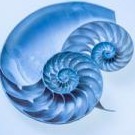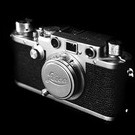Do I really need a light meter for my M3?
-
Recently Browsing 0 members
- No registered users viewing this page.
-
Similar Content
-
- 54 replies
- 3,826 views
-
- 34 replies
- 4,461 views
-
- 5 replies
- 280 views
-
- 12 replies
- 563 views
-
- 2 replies
- 134 views
-




Recommended Posts
Join the conversation
You can post now and register later. If you have an account, sign in now to post with your account.
Note: Your post will require moderator approval before it will be visible.